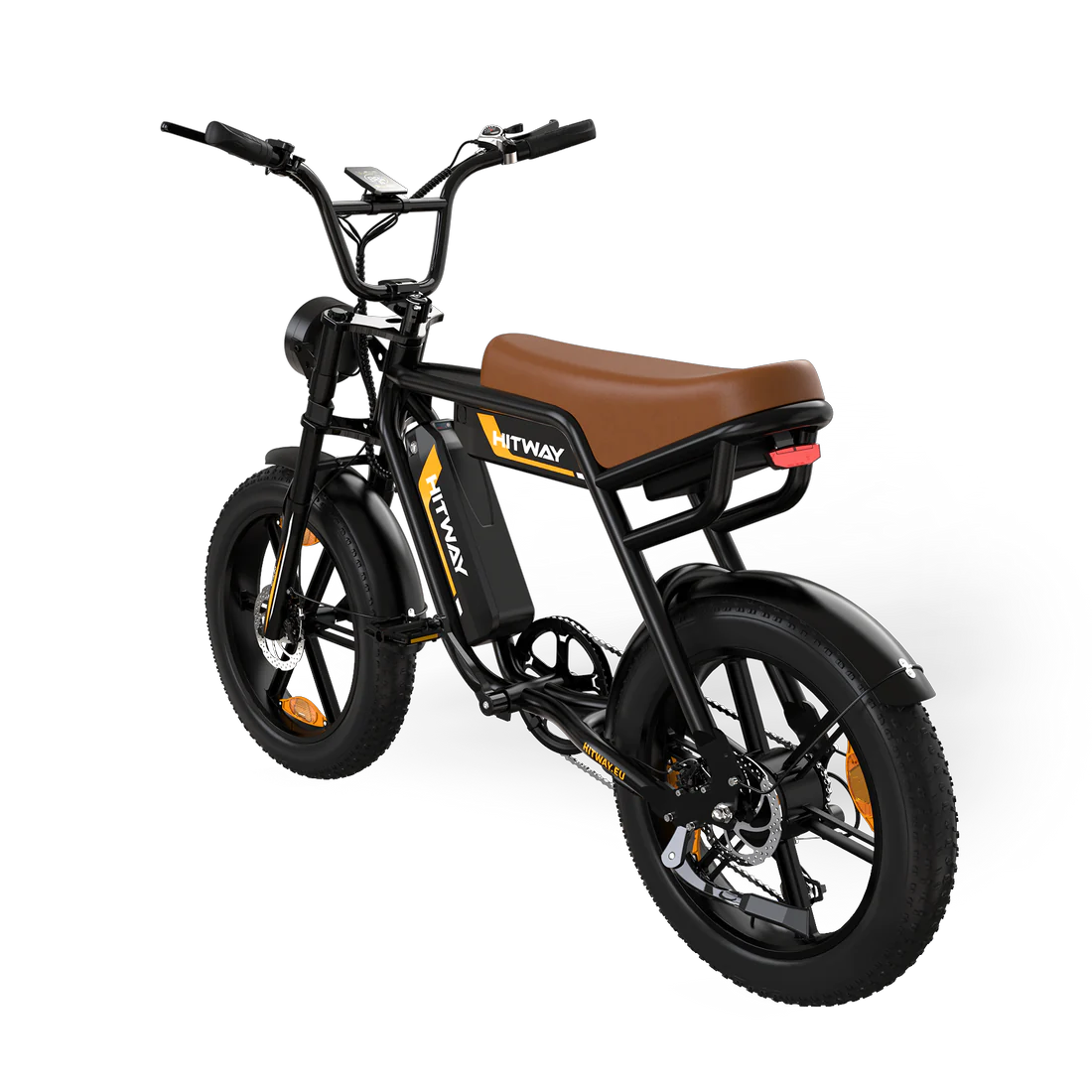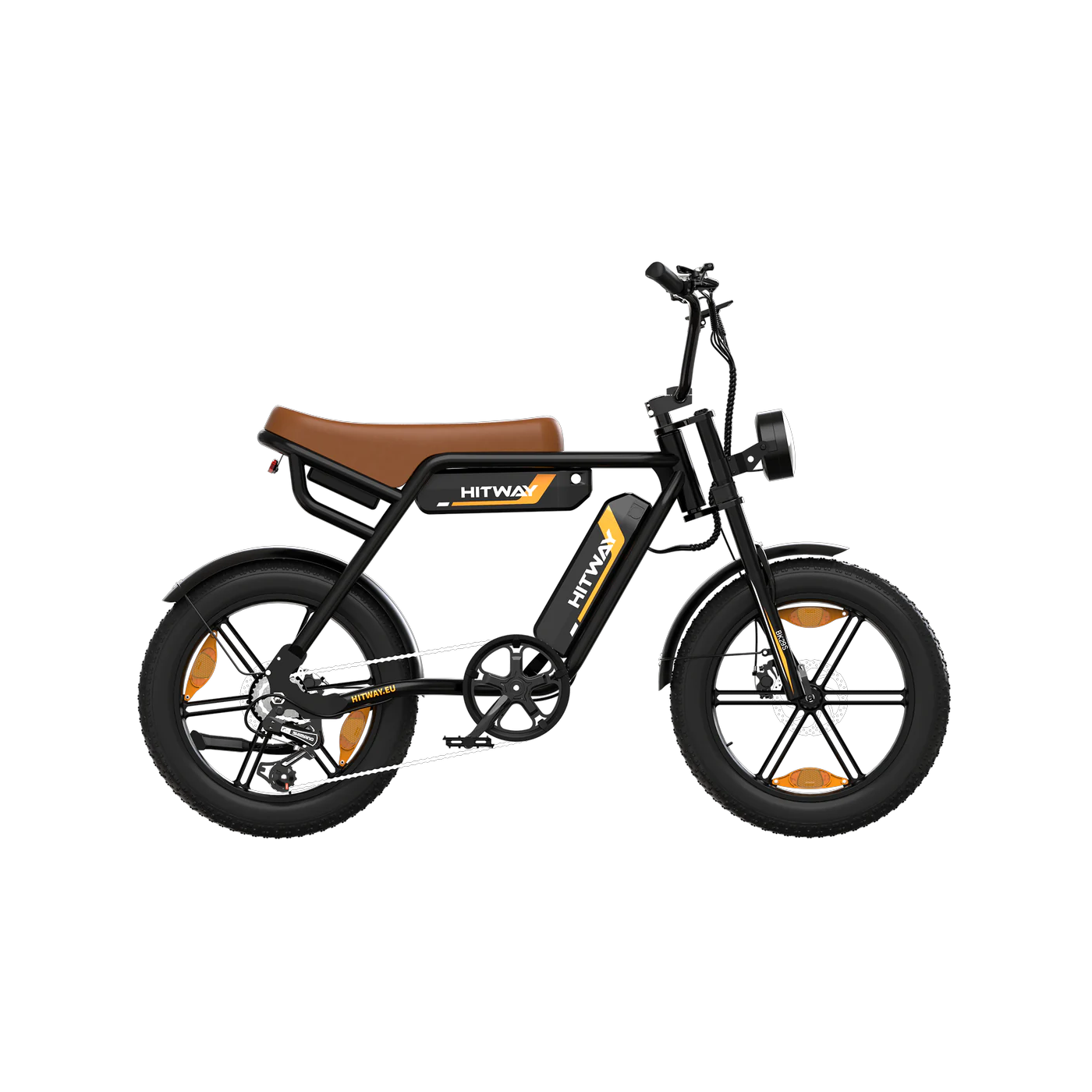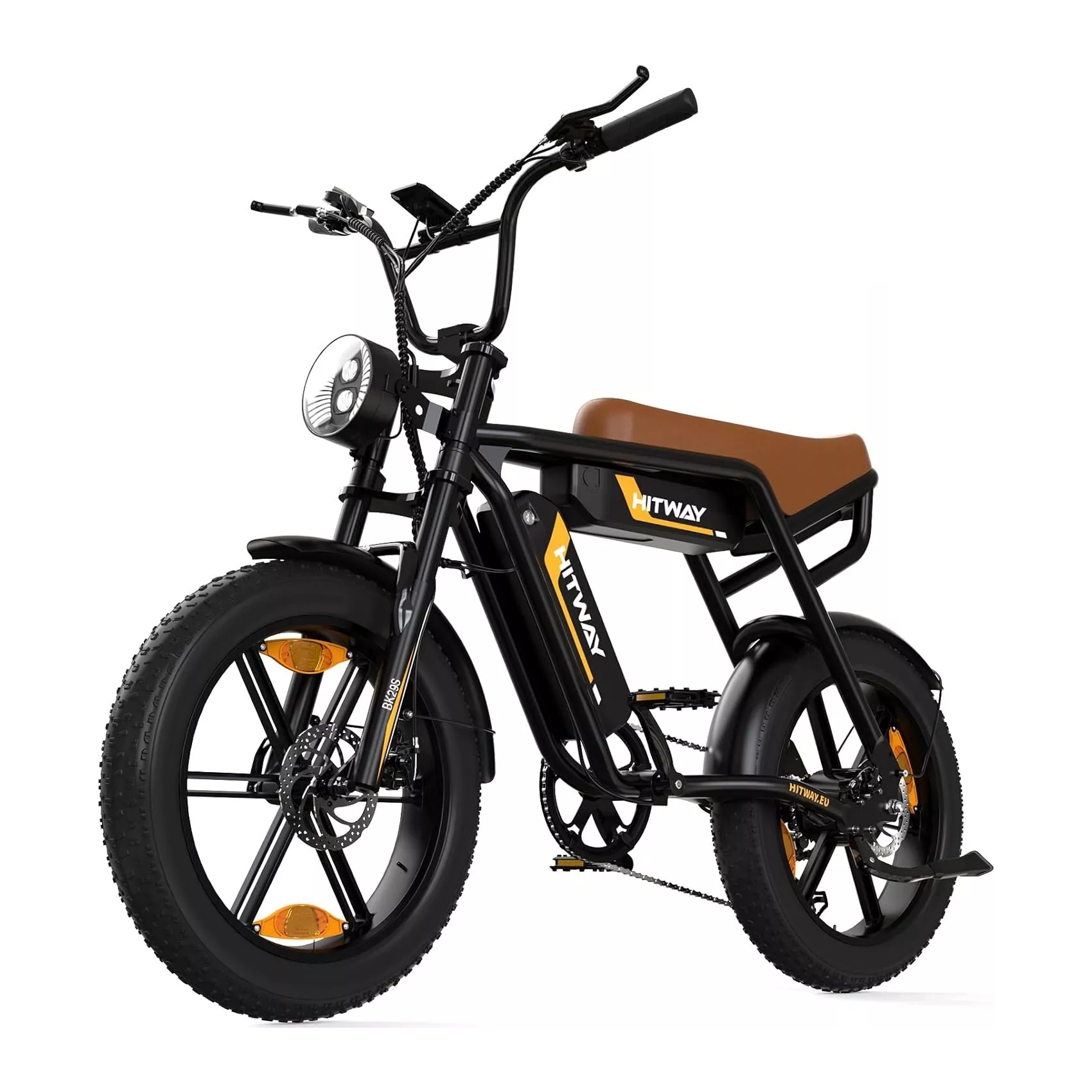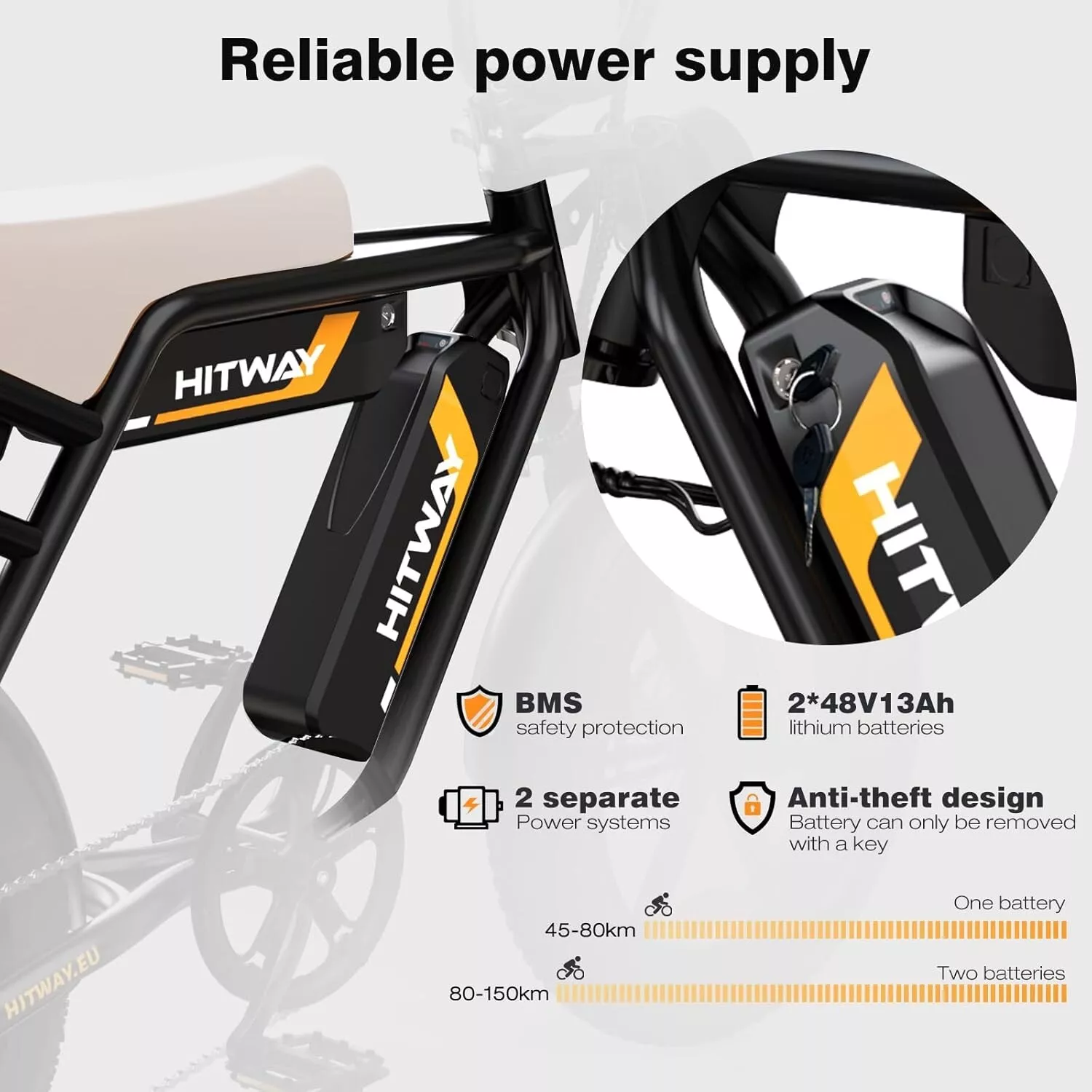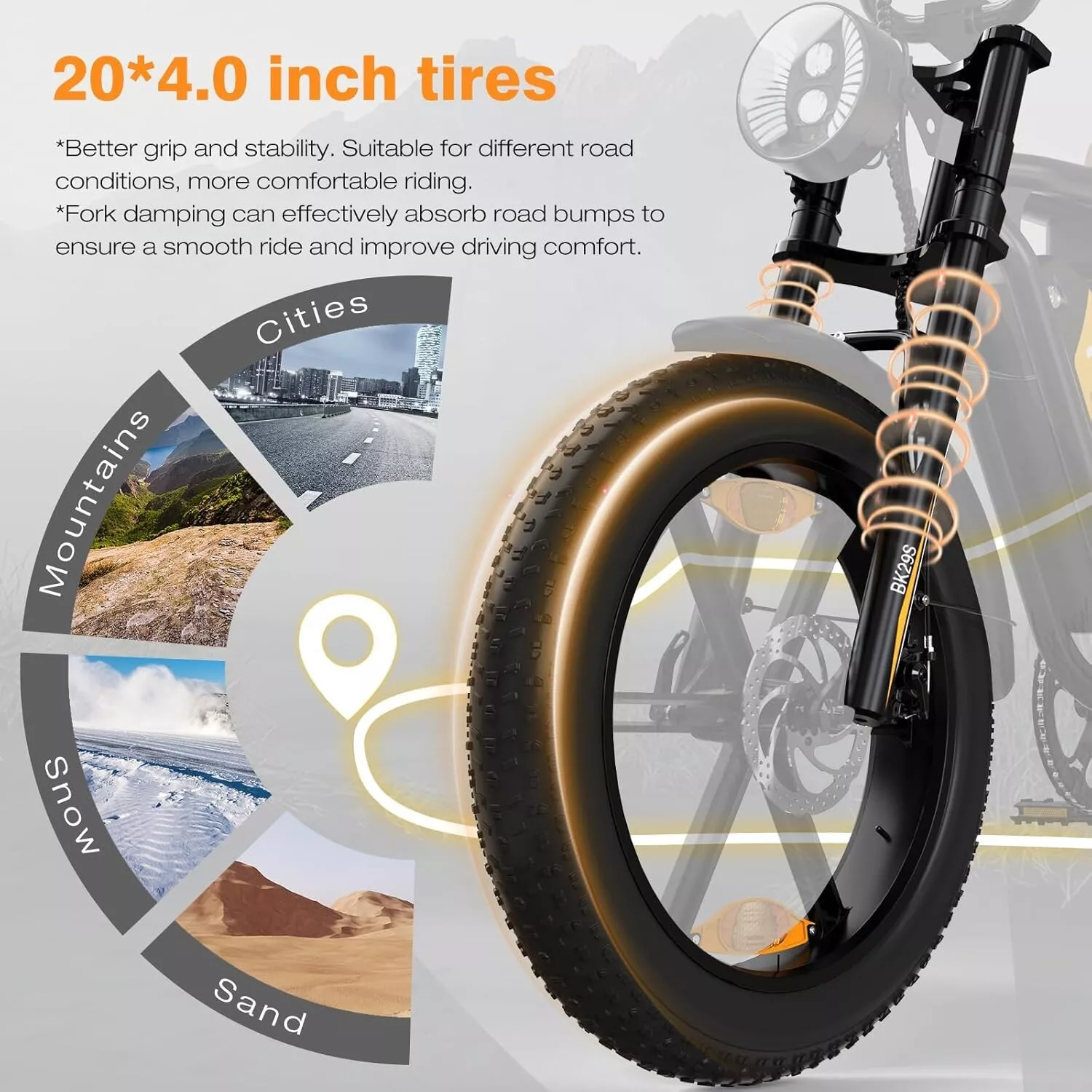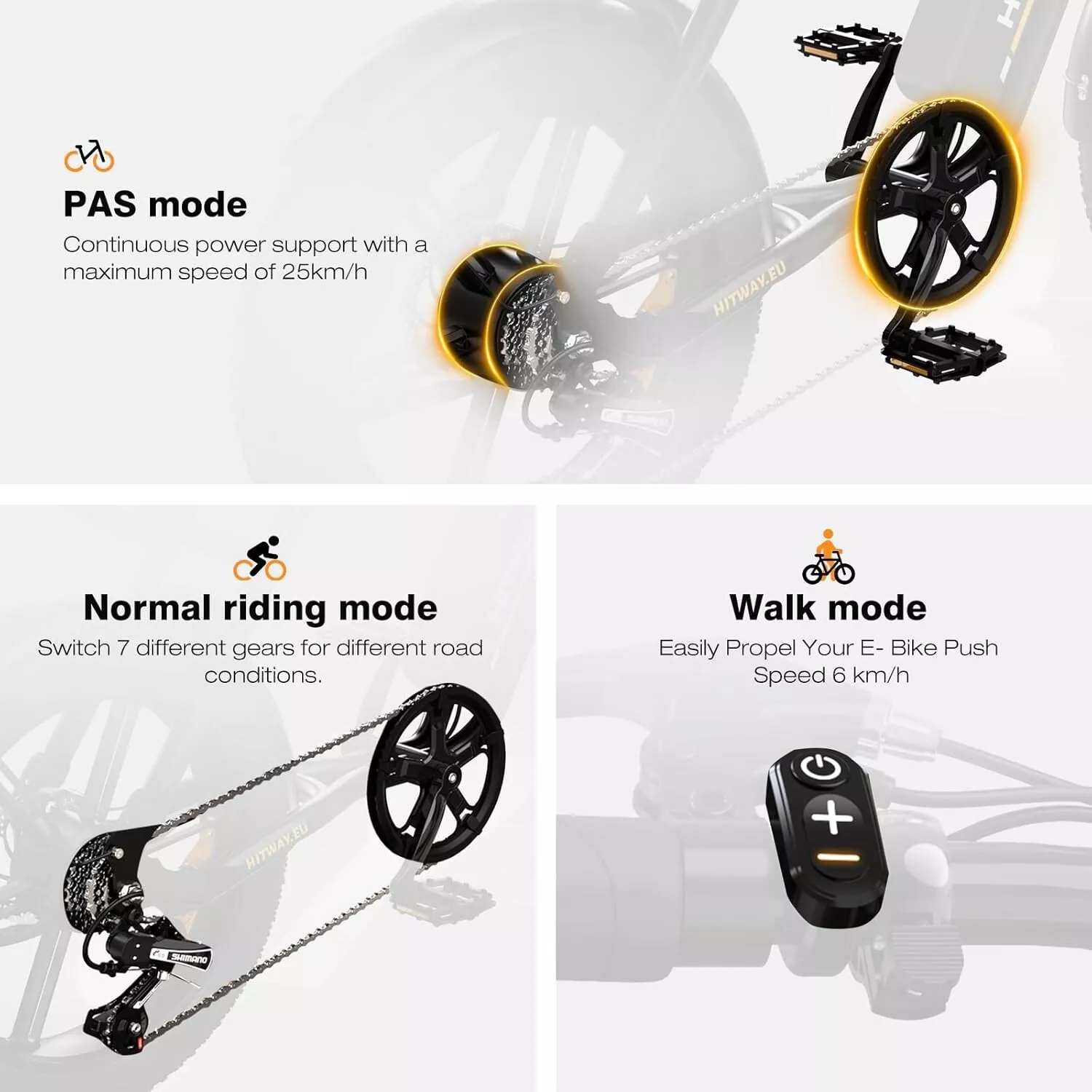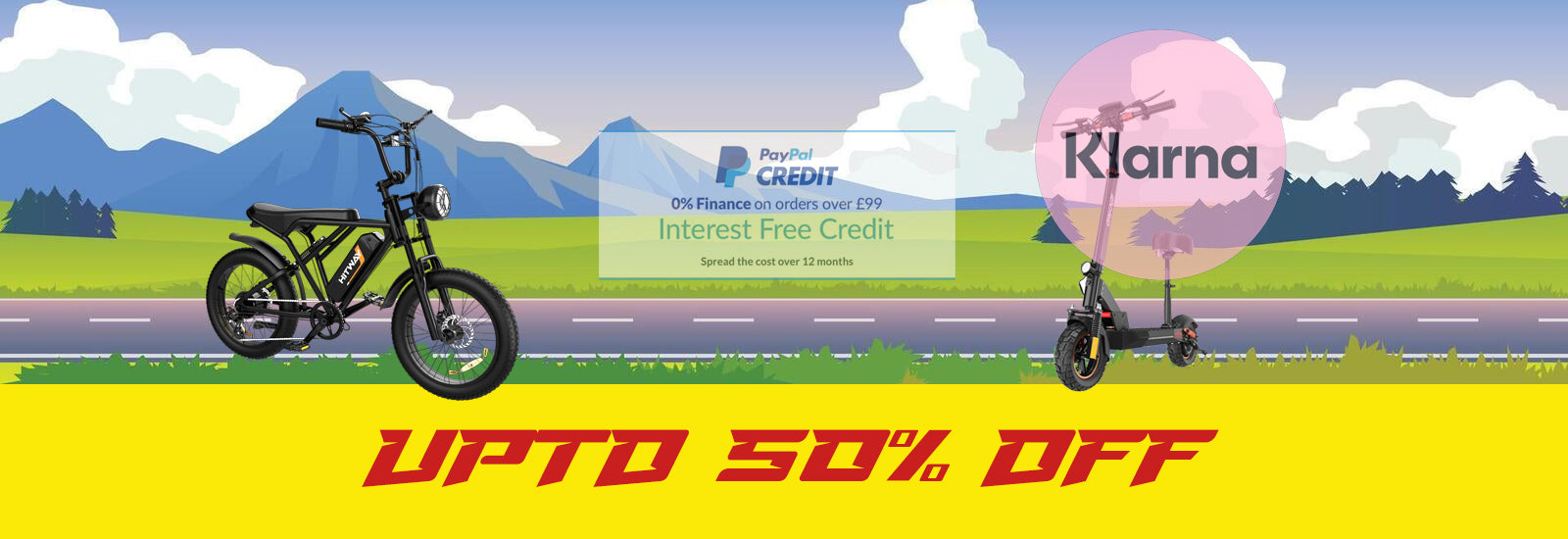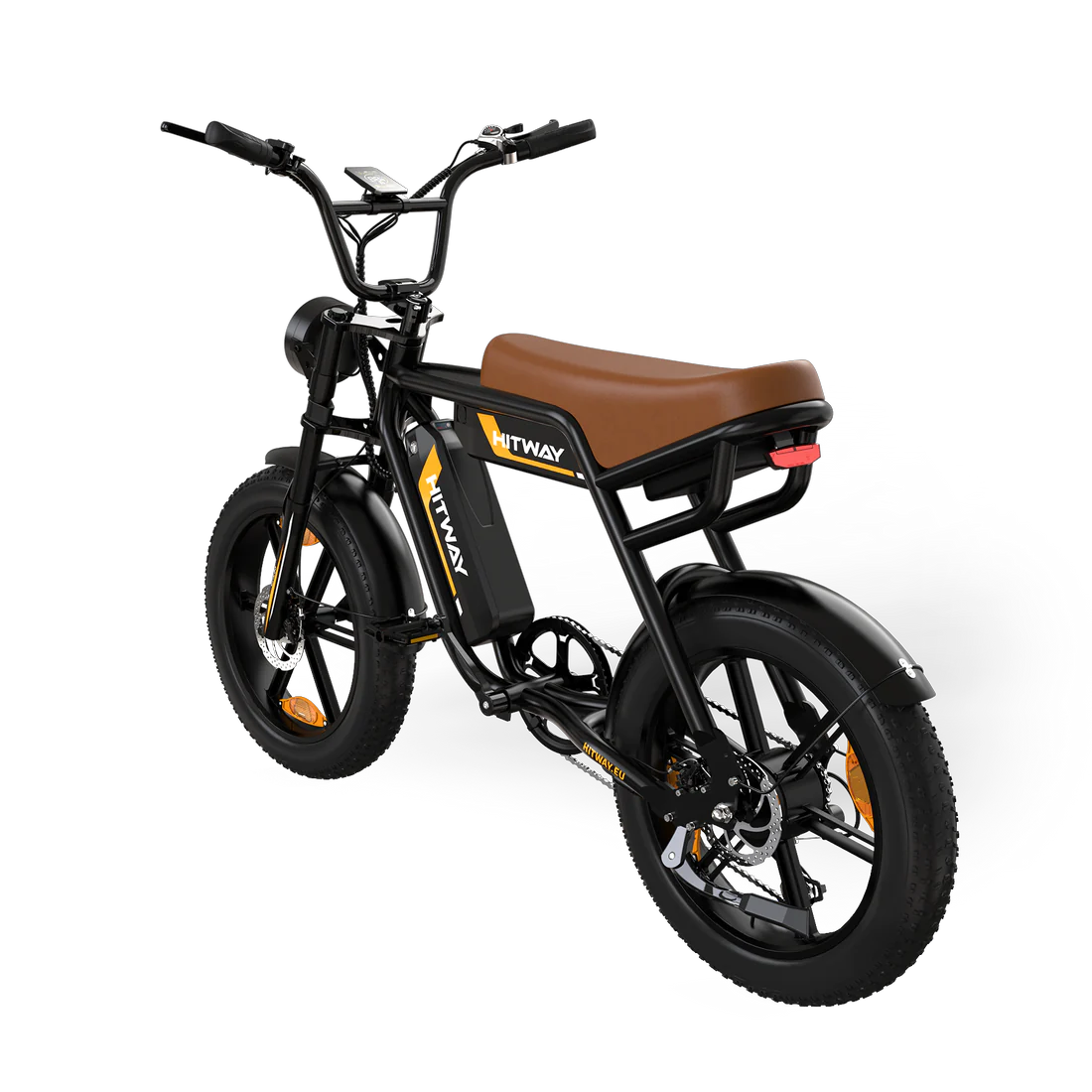
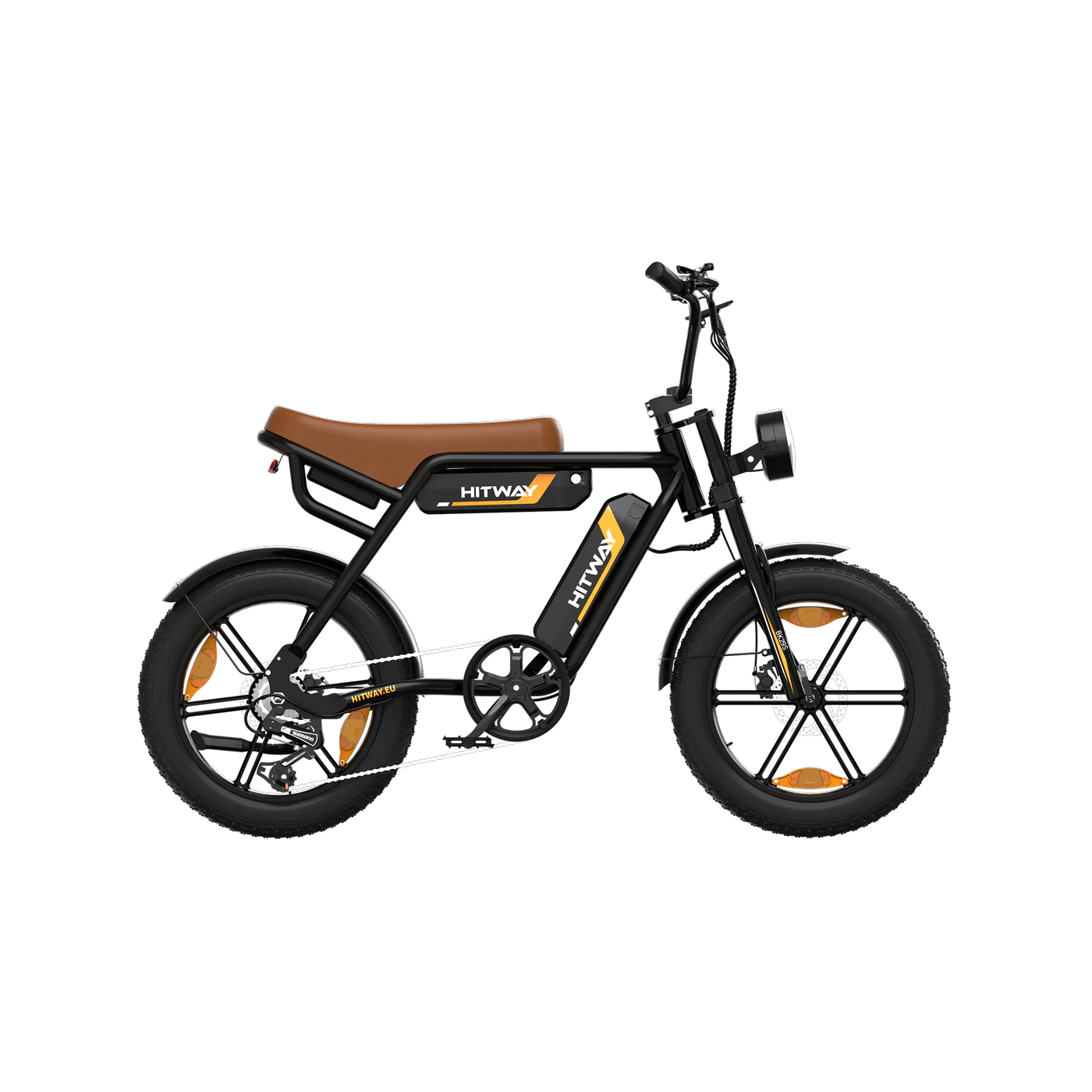
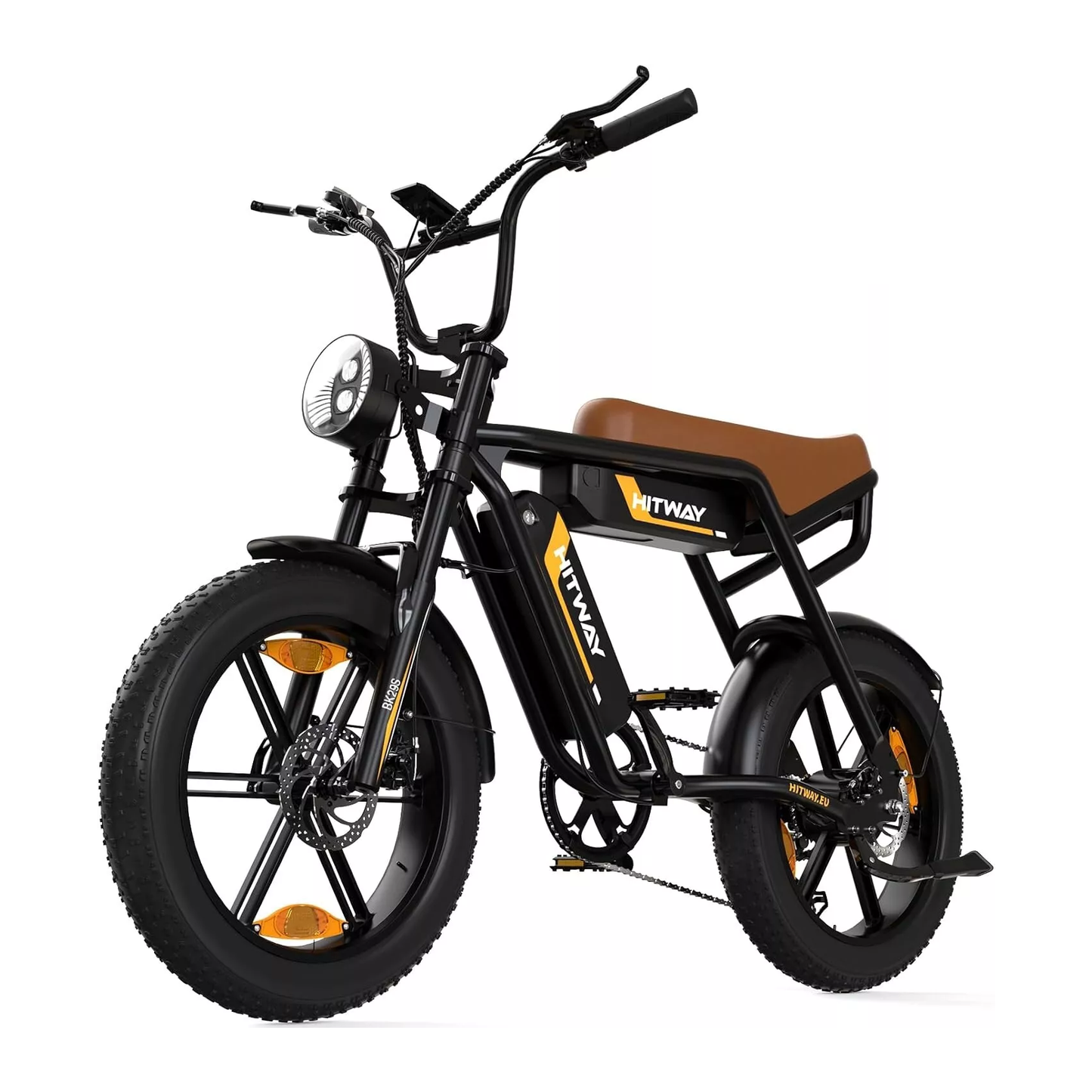
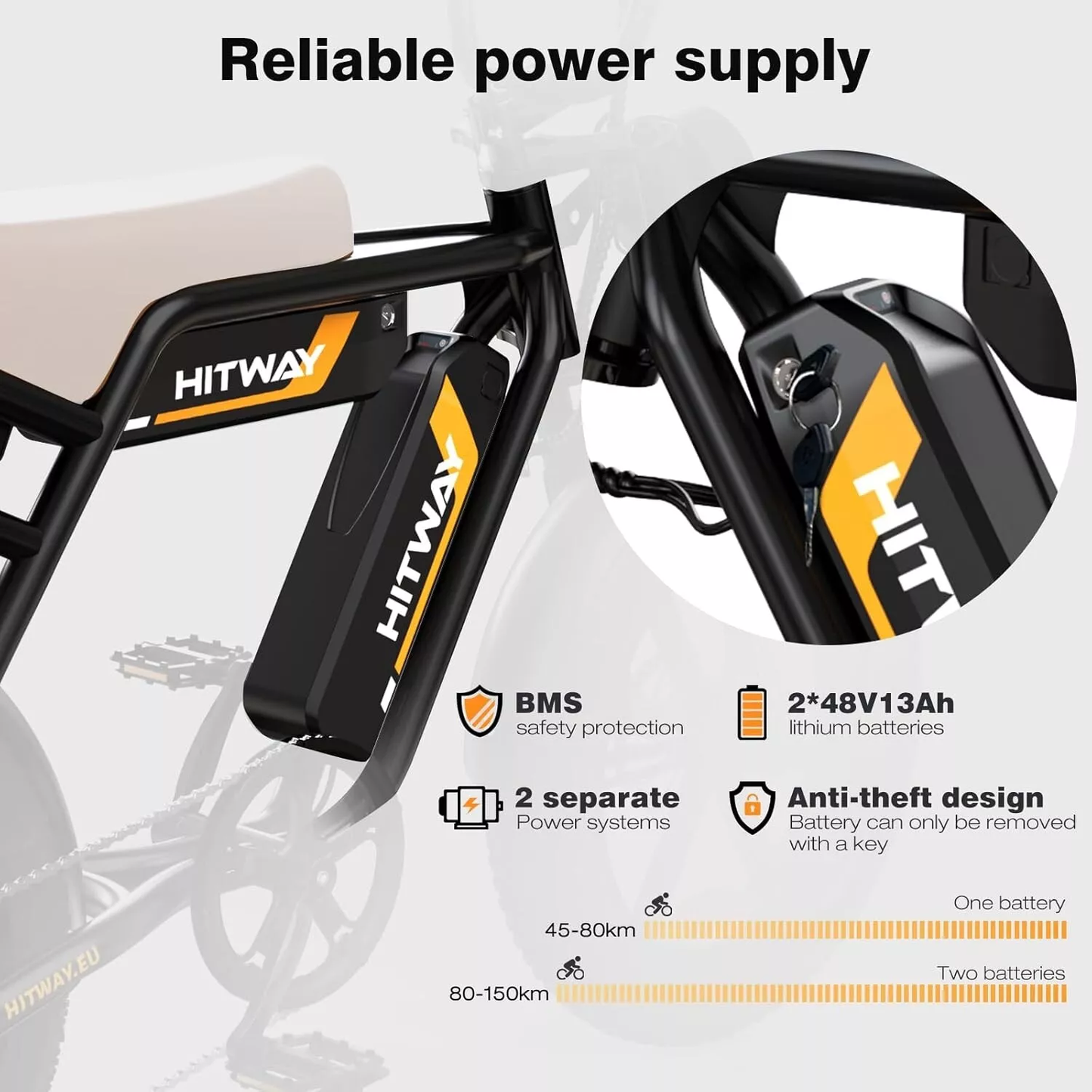
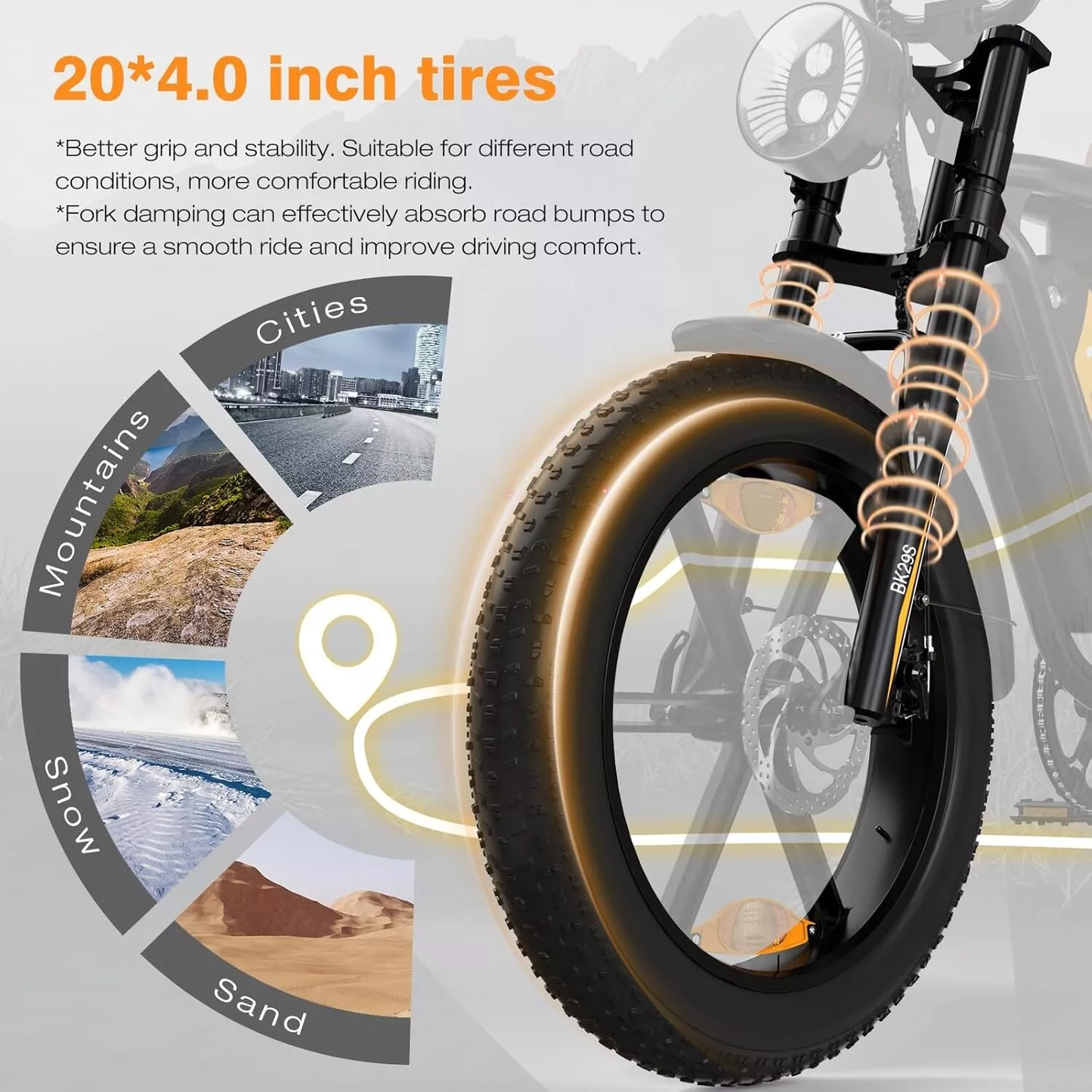
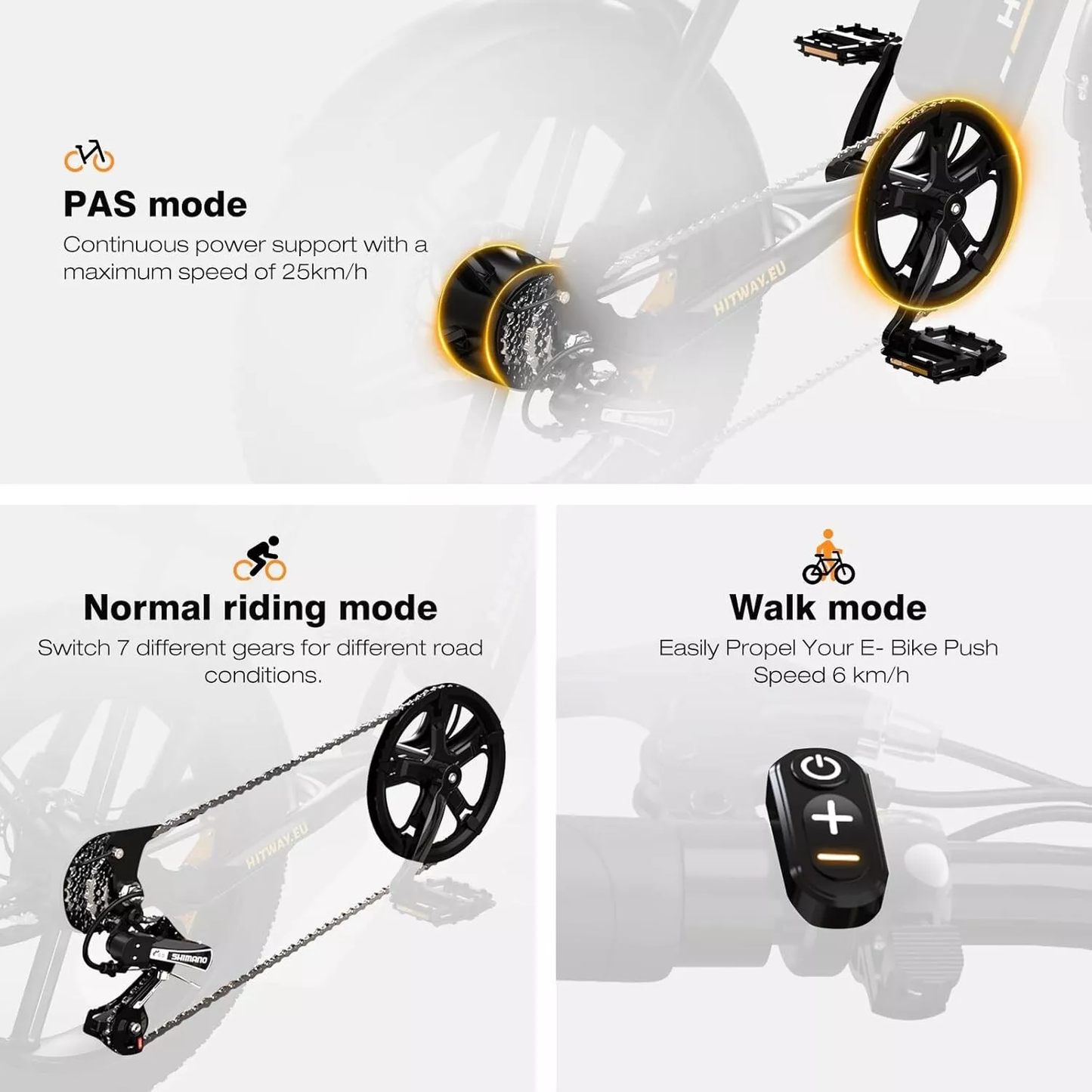
-
Free Shipping
Expected delivery within 3 days
-
One Year Warranty
Hassle free exchange
-
Secure Payment
Powered by Shopify and Stripe
Road Legal UK
E-Bikes and the Law: Understanding UK Regulations
Electric bikes (or e-bikes) are a fantastic way to travel — combining the freedom of cycling with the ease of electric power. The good news is that e-bikes are fully legal to ride in the UK, as long as they meet certain DVLA standards.
At Bargains.On.Us, we want every rider to enjoy their e-bike safely and legally. Below, we explain everything you need to know about e-bike regulations, including power limits, licensing rules, and where you can ride.
What Makes an E-Bike Legal in the UK?
To be classed as a legal Electrically Assisted Pedal Cycle (EAPC), your bike must meet the following requirements:
A maximum continuous motor output of 250W
Motor assistance only up to 15.5mph (25km/h)
Pedal assist only — the motor must stop providing power once you stop pedalling
If your e-bike meets these standards, it’s legally treated as a conventional bicycle. You can ride it on roads and cycle lanes without tax, insurance, or a driving licence.
✅ Legal: 250W continuous motor, pedal-assist only, up to 15.5mph
❌ Illegal: Throttle-only power, over 250W motor, or assistance beyond 15.5mph
Continuous Power vs. Peak Power
Motor power can be confusing. The DVLA bases its regulations on continuous power, not peak output.
A 250W motor may produce short bursts of higher power (for example, 500W when accelerating), but its sustained power output must remain 250W or below.
Most e-bike conversion kits are rated at 250W continuous power, ensuring they are 100% compliant with UK law.
E-Bike Conversion Kits and UK Law
Yes — conversion kits must also meet EAPC regulations. If you convert your regular bicycle into an e-bike, it must:
Have a 250W motor
Provide power only when pedalling
Cut off assistance at 15.5mph
Our Bargains.On.Us conversion kits are fully compliant, offering legal performance and reliable electric assistance.
Kits or bikes exceeding 250W or 15.5mph assistance — or using throttles — are not legal for public roads in the UK.
Do You Need a Licence or Insurance?
No licence, tax, or insurance is required to ride a legal e-bike in the UK.
You can ride anywhere a standard bicycle is permitted — including roads and cycle paths (but not motorways or dual carriageways).
Riders must be aged 14 or over to use an e-bike on public land. Helmets are optional but strongly recommended.
What About More Powerful E-Bikes?
If your e-bike has a motor over 250W or provides throttle-only power, it’s classed as a motor vehicle.
To ride it legally, you would need to register it with the DVLA as a moped or motorcycle — which requires a licence plate, insurance, and appropriate training. This process can be time-consuming and expensive, so most riders prefer to stick to EAPC-compliant bikes.
Can You Pedal Faster Than 15.5mph?
Absolutely! The law simply limits how much motor assistance you can receive. You can pedal or freewheel faster than 15.5mph — for example, when going downhill — but your motor won’t help you beyond that speed.
Are Throttles Ever Allowed?
Throttle use is restricted. Under current UK rules, e-bikes may include a “walk assist” throttle that powers the bike up to 6km/h (3.5mph) — ideal for moving off from a standstill.
Full-speed throttles are only legal if the bike is individually registered as an L1e moped with the DVSA. This process takes around 8 weeks per bike and restricts where you can ride — road use only, not cycle paths.
Local E-Bike Restrictions
While e-bikes are legal across the UK, local councils can impose restrictions using Public Spaces Protection Orders (PSPOs).
These orders are rare, but some cities — including Coventry, Grimsby, Bedford, and Fulham — have restricted cycling or e-bikes in specific pedestrian areas to improve safety. Always check local signage and ride responsibly in busy public zones.
Avoiding “De-Restricted” or Modified Bikes
Some imported e-bikes come with hidden “de-restriction” modes that unlock higher power or speeds. The Department for Transport (DfT) has ruled that such bikes are not compliant with EAPC laws — even if they are software-limited to appear legal.
If your bike can exceed 250W or 15.5mph in any mode, it’s treated as a motor vehicle, and using it on public roads could lead to fines or licence points.
Penalties for Using an Illegal E-Bike
Riding an illegal e-bike on public roads can result in:
Fines for riding an uninsured motor vehicle
Up to six points on your driving licence
Potential seizure of the bike
To stay safe and compliant, always ensure your e-bike or conversion kit meets the DVLA’s EAPC regulations.
E-Bike Insurance Options
While not a legal requirement, e-bike insurance is a smart investment. It protects you against theft, damage, and accidents.
What About Electric Scooters?
Privately owned e-scooters remain illegal for public road use in the UK. Only government-approved rental scooters, such as Lime or Tier, can be used legally on public roads and cycle lanes.
There are currently no confirmed plans to legalise private e-scooters in the near future, though discussions are ongoing.
In Summary
E-bikes are a safe, sustainable, and fully legal way to enjoy electric-powered travel in the UK — provided they meet EAPC standards.
At Bargains.On.Us, most of our e-bikes and conversion kits are fully DVLA compliant, delivering legal performance, efficient power, and complete peace of mind. If you are unsure, do not hesitate to contact us.
Ride smart. Ride legal. Ride electric.

